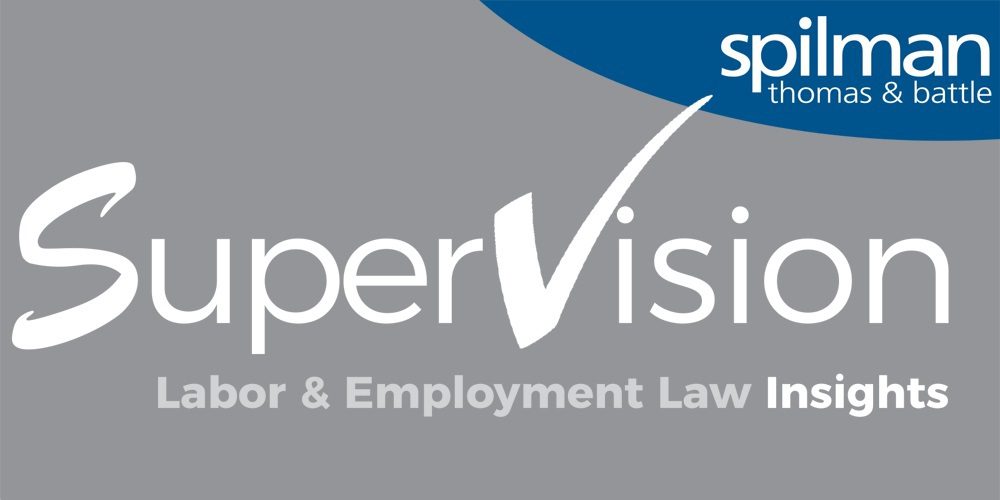Article
Resources
Article
Anticipating the Impact on Employers Post-Chevron Being Overturned

On June 28, 2024, the United States Supreme Court decided Loper Bright Enterprises v. Raimondo (Loper), overturning and eliminating the Chevron doctrineor Chevron deference, a legal principle established by a 1984 decision of the Supreme Court known as Chevron U.S.A., Inc. v. Natural Resources Defense Council. For precisely four decades, the Chevron doctrine obligated lower courts to defer to federal agencies' interpretations of ambiguous laws provided the agency's position was reasonable. Under the new standard post-Chevron, courts are no longer obligated to defer to an agency’s interpretation but must now exercise independent judgment in construing statutes administered by agencies in order to determine the "best reading" of the law, using all relevant interpretive tools. This begs the question, what does the United States Supreme Court’s decision overturning Chevron mean for employers?
At a high level, overturning Chevron will likely disrupt agency rulemaking efforts. Many of the laws governing labor and employment issues and claims of workplace discrimination, harassment, and retaliation including Title VII, the Americans with Disabilities Act, the Age Discrimination in Employment Act, the Fair Labor Standards Act, the Family and Medical Leave Act, and the newly enacted Pregnant Workers Fairness Act, among others, have been interpreted by the federal agencies that oversee these laws, including the Equal Employment Opportunity Commission (EEOC), the Department of Labor (DOL), and the National Labor Relations Board (NLRB), among others. Quite simply, the state of EEOC and DOL interpretations of these laws under their purview – and what level of deference a court might now give to those interpretations – is now in a state of flux.
In overturning Chevron, the Supreme Court did not prohibit lower courts from ever relying on administrative agencies’ interpretations of the law, noting that an agency’s interpretation may be “especially informative” to a court when it was issued “roughly contemporaneously” with the statute and that interpretation has “remained consistent over time.” Moreover, the Supreme Court made clear that prior decisions relying on Chevron were not being overturned. For most existing law, this likely means that employers should continue to adhere to existing regulations and administrative agency guidance. On the other hand, we have recently seen a number of actions by administrative agencies and challenges to those actions that will likely be impacted by the Supreme Court’s decision in Loper, including:
- EEOC’s rules implementing the Pregnant Workers' Fairness Act;
- The DOL’s rules increasing the minimum salary threshold for “white collar” exemptions.
- A discussion of this rule is discussed by my colleague Pete Rich in this article;
- The NLRB’s Joint Employer rule; and
- The Federal Trade Commission’s rule banning non-competes.
Moving forward, not only are we likely to see an increase in legal challenges to agency interpretations, but it is likely that the challenging party will occupy a more favorable position than the administrative agency that issued the challenged regulation. The potential legal challenges may cause Congress to be more detailed in the laws that they pass and/or administrative agencies may pull back on the regulations and administrative interpretations that they issue. At this point, little is certain. Employers should continue to monitor this issue and consult their labor and employment counsel regarding any questions on the impact of the Loper decision on their operations.


